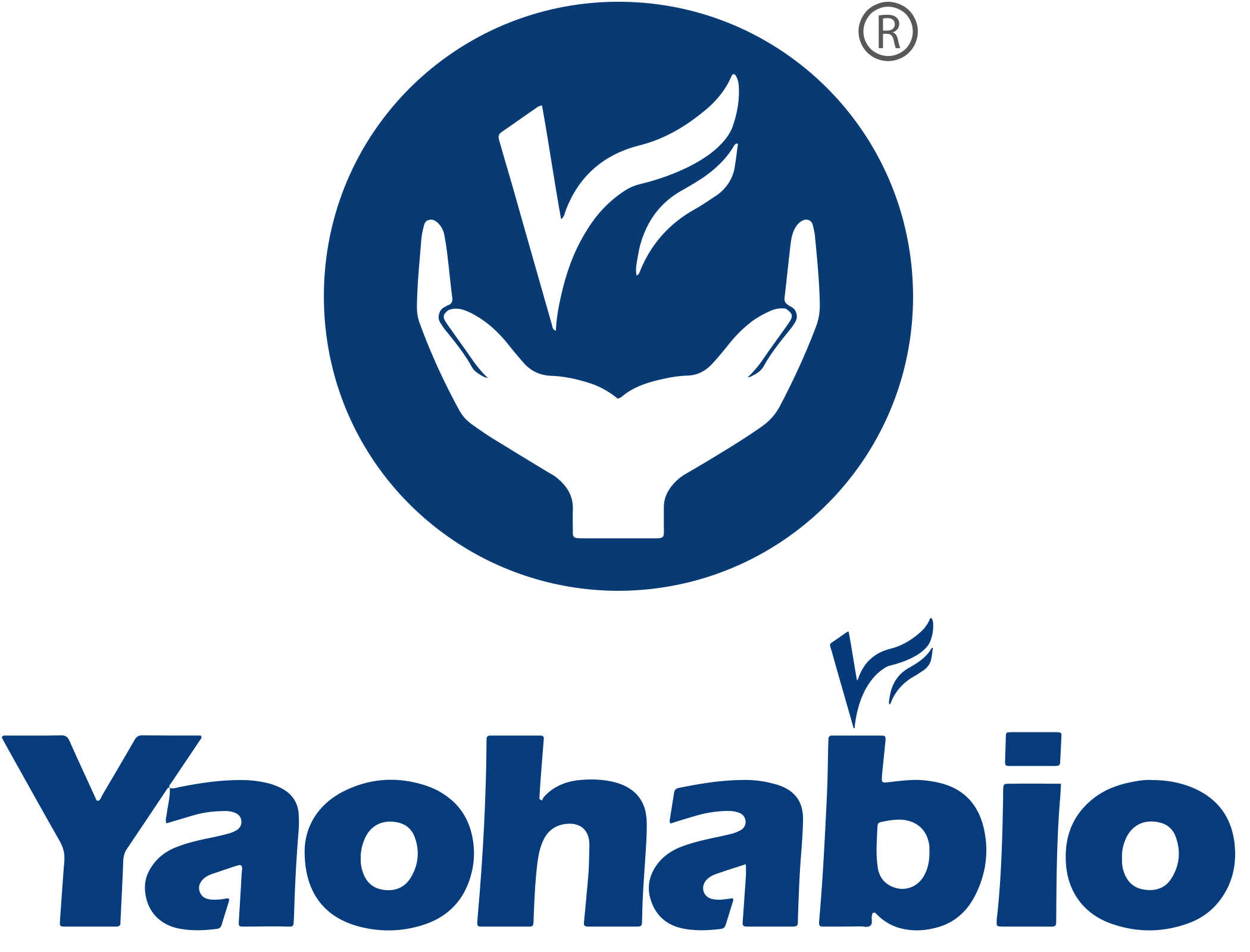The Manufacturing Process and Applications of Nanobody
By targeting specific viruses or structures, engineered antibodies can potentially treat certain high-risk populations. However, similar to monoclonal antibodies, their widespread application is hindered by the high production costs and their large size (typically with a molecular weight of 150 kDa).
Then, a novel type of antibody in camelids was discovered. These "heavy-chain-only antibodies" lack light chains and are composed of two constant domains, a hinge region, and a heavy-chain variable (VHH) known as a nanobody (Nanobody, Nb). These Nbs are small in size (15 kDa), possess high specificity, and have a long half-life, making them ideal candidates for use in emergencies such as pandemics or outbreaks.
Manufacturing Process of Nbs
The Nb library is constructed by immunizing animals with target antigens, subsequently isolating peripheral blood mononuclear cells from the animals, and extracting the DNA encoding the variable domains of heavy chain antibodies. Specifically, camelid animals are immunized with the target antigen, and the DNA encoding heavy chain antibodies is extracted. This DNA is then cloned into a phage display vector. Through a process of selecting phages that bind to the target protein, those displaying strong binding Nbs are enriched. This selection and enrichment process is repeated multiple times. Finally, individual clones are sequenced to determine unique Nb sequences.
Once the sequences are determined, further optimization through mutagenesis or affinity maturation techniques is performed to enhance their binding affinity or specificity. The resulting Nbs can be produced in large quantities through bacterial expression systems or other recombinant technologies.
Benefiting from over 10 years of CDMO experience in microbial biologics, Yaohai Bio-Pharma supports development and manufacturing of various Nbs. Yaohai excels in selecting various microbial hosts, including Bacteria Escherichia coli and different yeasts to help clients find the best expression system for Nbs.
Applications of Nbs in Antiviral Therapy
Targeting Viral Glycoproteins:Nbs specifically target glycoproteins on the surface of viruses, such as the spike protein of SARS-CoV-2, effectively blocking viral entry and replication. Preclinical studies indicate their potential as a therapy against SARS-CoV-2.
Preventing Host-Virus Interactions: Nbs bind to critical cellular proteins involved in viral attachment and entry, such as Angiotensin I-converting Enzyme-2 (ACE2), preventing the virus from entering host cells.
Immunomodulatory Roles: Beyond targeting viral proteins, Nbs modulate immunity by boosting antibody-mediated cell killing, enhancing antiviral immune cells/molecules, combining with other therapies, inhibiting viral replication, and regulating cytokines to prevent inflammation and tissue damage.
We are also actively seeking institutional or individual global partners. We offer the most competitive compensation in the industry. If you have any questions, please feel free to contact us: [email protected]
Hot News
-
Yaohai Bio-Pharma Passed EU QP Audit and Attains ISO Triple Certification
2024-05-08
-
BiotechGate, Online
2024-05-13
-
2024 WORLD VACCINE CONGRESS Washington
2024-04-01
-
CPHI North America 2024
2024-05-07
-
BIO International Convention 2024
2024-06-03
-
FCE COSMETIQUE
2024-06-04
-
CPHI Milan 2024
2024-10-08

 EN
EN
 AR
AR
 HR
HR
 CS
CS
 DA
DA
 NL
NL
 FI
FI
 FR
FR
 DE
DE
 EL
EL
 IT
IT
 JA
JA
 KO
KO
 NO
NO
 PL
PL
 PT
PT
 RO
RO
 RU
RU
 ES
ES
 SV
SV
 IW
IW
 ID
ID
 LV
LV
 LT
LT
 SR
SR
 SK
SK
 SL
SL
 UK
UK
 VI
VI
 ET
ET
 HU
HU
 TH
TH
 TR
TR
 FA
FA
 AF
AF
 MS
MS
 BE
BE
 MK
MK
 UR
UR
 BN
BN

